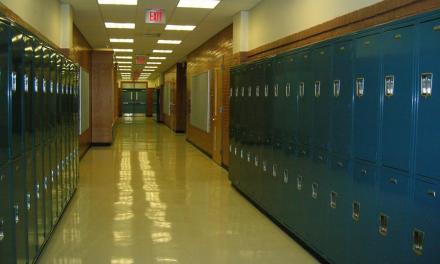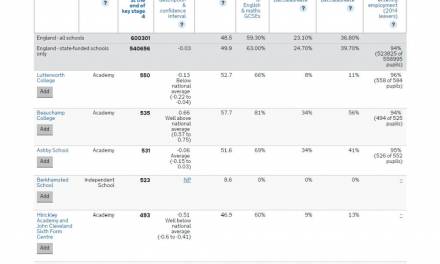Last week The Independent revealed that
“Girls lack confidence in their ability in maths and science and are therefore put off from applying for jobs in engineering and computing”
Every year the GCSE gender gap in school subjects is brought into the spotlight, with an attempt to analyse the cause of this division.
It is evident that gender stereotyping is still prevalent in secondary schools, with male pupils favouring “masculine” subjects such as maths, science and technology, whilst female students continue to favour English, psychology and art. Last August, The Guardian reported that:
There are also big gaps in the popularity of subjects between boys and girls. It appears that for lots of UK students, traditional stereotypes are alive and well – boys make up more than 90% of students in Construction, Engineering and Economics and they make up less than 20% of students studying Health and Social Care or Home Economics.
A report in 2012 from The Institute of Physics compared the likelihood of females studying “masculine” subjects in single sex and mixed schools. They found that “Girls were almost two and a half times more likely to go on to do A-level physics if they came from a girls’ school rather than a co-ed school”. (It’s Different for Girls,October 2012).
Gender stereotypes are constantly reinforced through conscious or subconscious means, both inside and outside of school, through the influence of peers, teachers and popular culture. From an early age, many items are divided into ‘boy’ or ‘girl’ categories, most notably colours (pink for girls, blue for boys) and toys; an internet search of ‘girls’ toys’ brings up a sea of pink, suggesting dolls and kitchen playsets, whereas a search for ‘boys’ toys’ results in cars and DIY workbench playsets. No matter how often these stereotypes are addressed, this socially constructed division of gender is as evident now as it ever has been and is integral to many a child’s upbringing. It is not much of a surprise that pupils have preconceived ideas about what subjects, and ultimately jobs, are ‘for girls’ or ‘for boys’.
So how do we even start to combat this issue? A report entitled ‘Closing Doors’, again by The Institute of Physics, advises that:
- Schools should reflect on their own statistics and put in place whole-school measures to counter gender stereotyping.
- Primary schools should reflect on the gender messages they may be giving to pupils, which may unwittingly reinforce gender stereotypes, and work to remove them.
(Closing Doors, December 2013)









